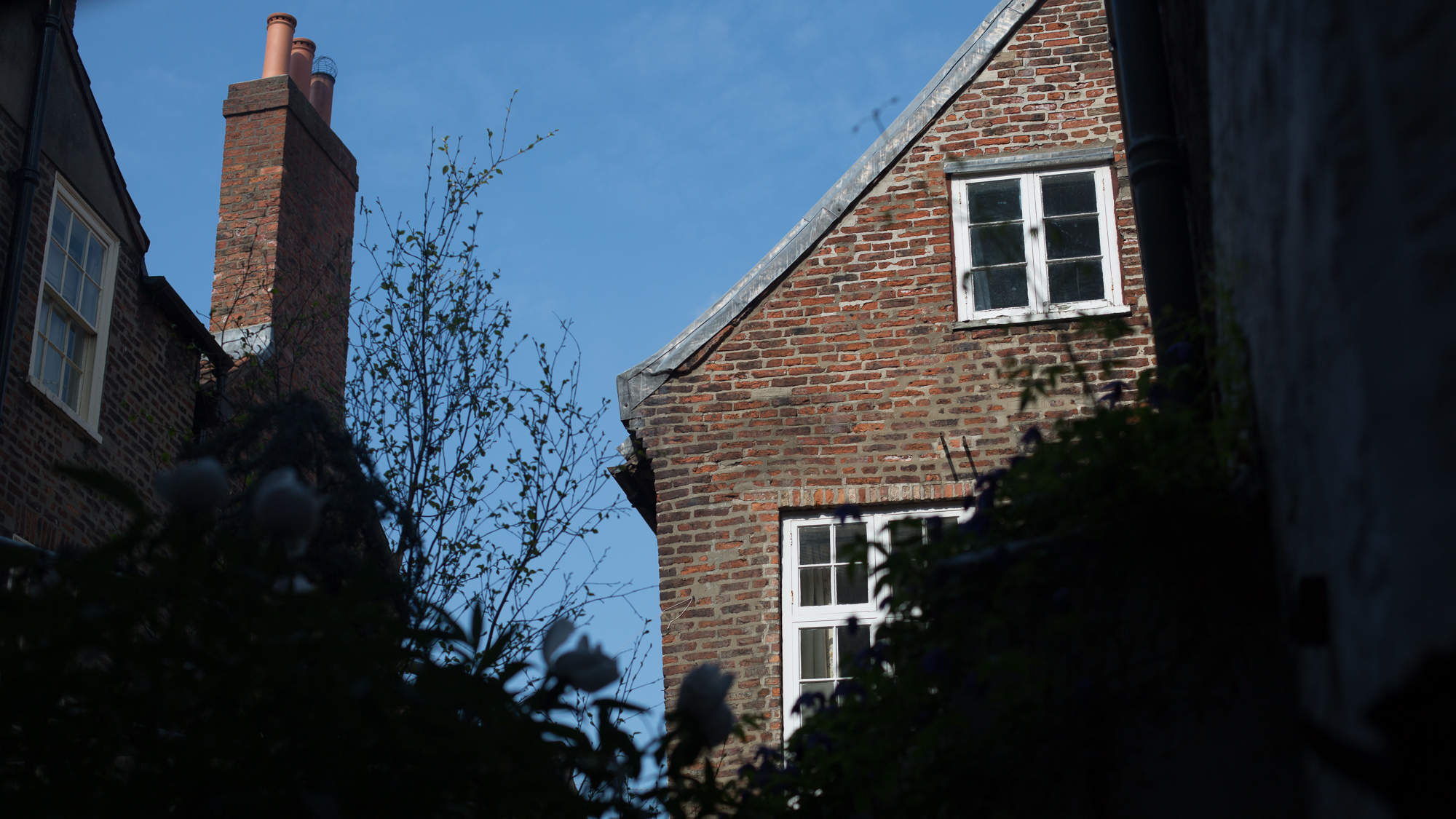With brush and ink the Japanese artist Hokusai (1760-1849) shows how the legendary warrior archer Tametomo protects the islanders of Okinawa from the deadly demon smallpox. Since the demon cannot be killed he subdues it with his centred energy. Smallpox demon submits and vows to leave the island, stamping its inky handprint as testament.
Hokusai’s drawing is the visual equivalent of what we Zen students do in kong-an practice (Jap: koan). We are given an apparently baffling question which does not yield its answer through conceptual thinking. We must use deep, focussed attention and patience to find our way through the fog of delusion, then the answer will appear as if by itself.
Tametomo is successful because he uses the power of the non-moving mind to win through. We are witnessing a moment of interaction between true self and small self. True self partakes of the energy of the whole universe, not making self and other. Hokusai shows him not separated from his adversary. Small self is inherently limited by the delusion of separateness: I, me, my. Its demon nature is revealed in the glimpse of a clawed foot.
While Tametomo looks down on the creature with single-pointed concentration, the smallpox demon faces us with blind eyes; a shrunken, tattered figure. Perhaps Hokusai is inviting our compassion: how can we share space with what we fear? How is transformation possible?
How we respond in kong-an practice also shows us the tactics we deploy to meet the challenges of daily life: procrastination, complicity, aggression, complacency, flight, to name a few. But when we patiently stick with it and perceive the core issue many a situation can get shrunk to a manageable size and resolved.
Hokusai shows us this work in progress: a perfect visualization of what each of us encounters in our human lives. A situation appears and we must respond. It cannot be resolved unless we do. When we feel threatened we tend to follow our usual habits of coping, such as running away, pretending it doesn’t exist, getting busy elsewhere, getting someone else to intervene, using emotional or physical violence to try and make it go away. But in this drawing Tametomo is not doing any of that, he is simply using the creative wisdom of his non-moving mind, his true self, to dispel the demon. When we do the same we are unblocked and free to respond to any situation with energy and clarity.
How does all this speak to the complicated and overwhelming challenge of the climate emergency? Because of its scale and ubiquity it’s hard to believe that the same principles apply. But both Hokusai’s Tametomo and kong-an practice show us that we have an opportunity here. We can wake up to the part we play and to how we are responding. We can see how our behaviours affect sentient beings everywhere, since we are all connected. We can look with unwavering gaze at our grief and fear and anger, then get centered and act with an open and questioning mind, free of the filters of preconception and pre-judgement. And return again and again and not give up.


